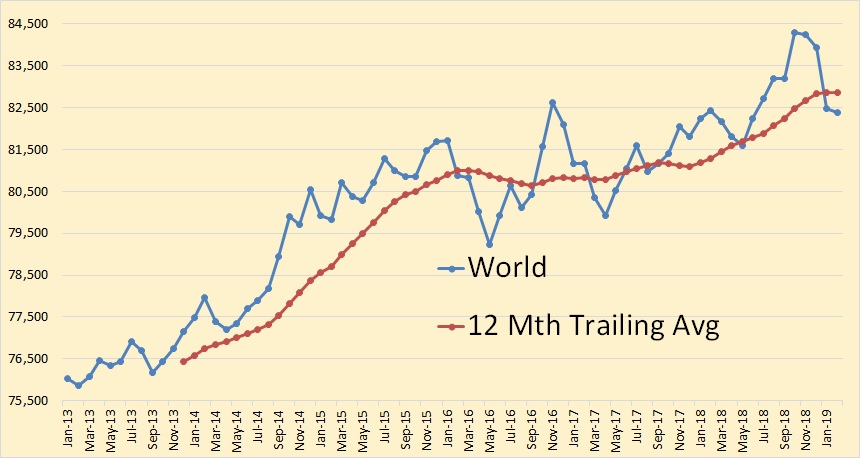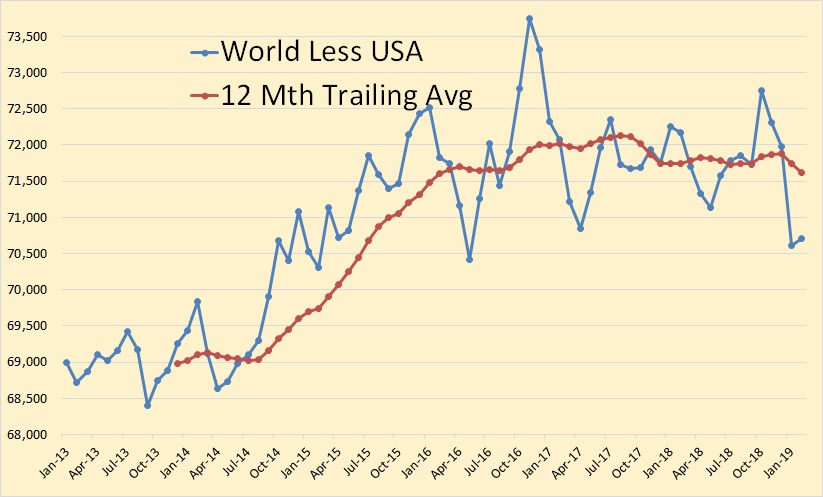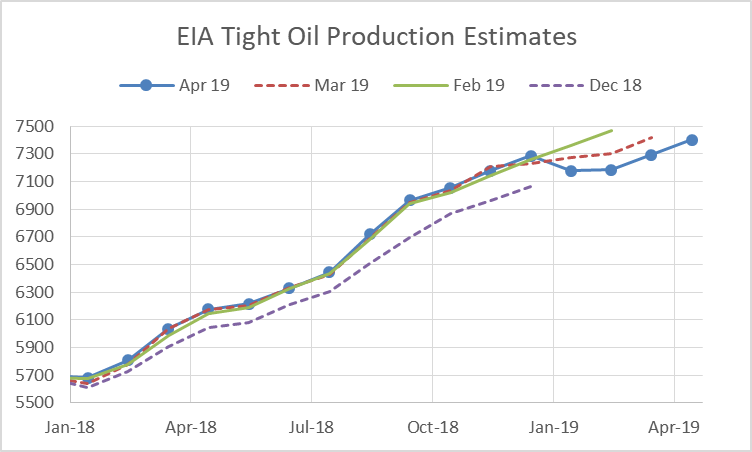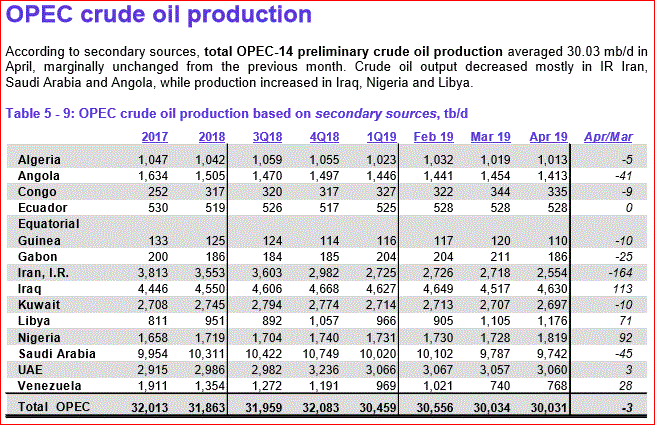A Guest Post by Islandboy
Over ten years ago on April 9, 2009 the original article “Electric Commercial Vehicles” was posted at The Oil Drum web site. In Part 1 of this ten year update we reviewed the progress or lack thereof, of all the projects mentioned in the 2009 article, concluding that while some had failed, there are some that have survived and are still supplying solutions today. In Part 2 we examined the policies being implemented in China to accelerate the development of an EV manufacturing sector. We also looked at some projects that have come about since the 2009 article, with the aim of the transitioning of commercial vehicles to options that reduce or eliminate the direct dependence on Fossil Fuels.
In this post, we will look at some solutions that were overlooked in the 2009 article but, have been in use for decades, in some cases, primarily the case of trolleybuses and trams or streetcars as they are known in North America, over a hundred years. It should also be noted that all underground rail systems are electric, as are all high speed rail networks and many light rail and commuter rail networks but, these articles will be restricted to road going commercial vehicles as electrified rail has been addressed extensively by Alan S. Drake who went by the screen name AlanfromBigEasy at theoildrum.com
Trams/Streetcars
Passenger Trams
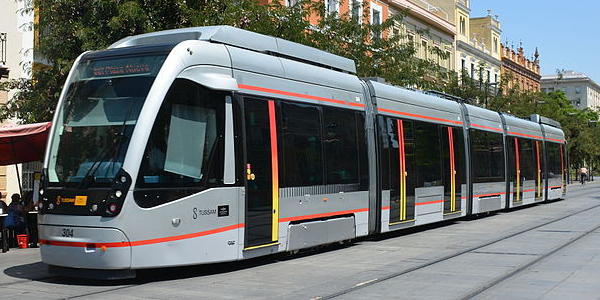
Photo Daniel Silva [CC BY-SA 4.0 (https://creativecommons.org/licenses/by-sa/4.0)], (https://commons.wikimedia.org/wiki/File:Seville_Metro_Train.JPG)
Trams or as they are known in North America, streetcars predated the widespread use of internal combustion engines when they were introduced in the first half of the 19th century. Early tram systems used horses to pull the rail cars and later some used steam engines but, by the end of the 19th century electric trams, supplied with power from overhead lines had become the most common form of tram system and were being introduced all over the world. A small number of systems used other sources, including the cable cars of San Francisco, which were pulled by a cable running in the street under the carriages. Read More
